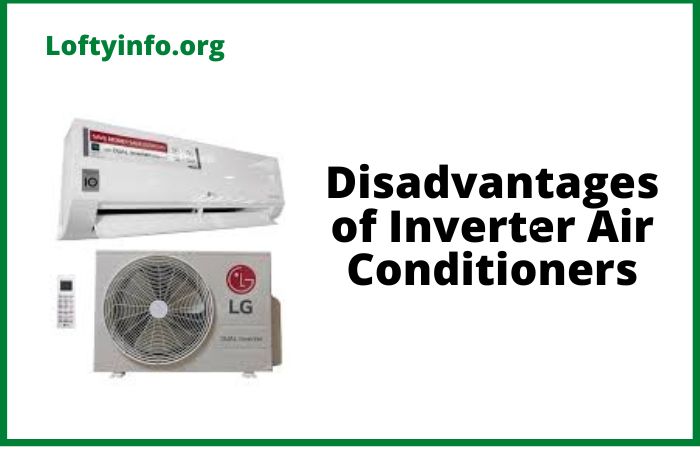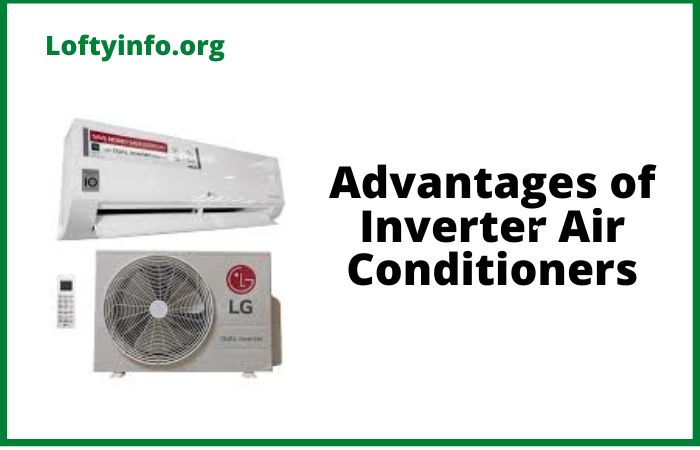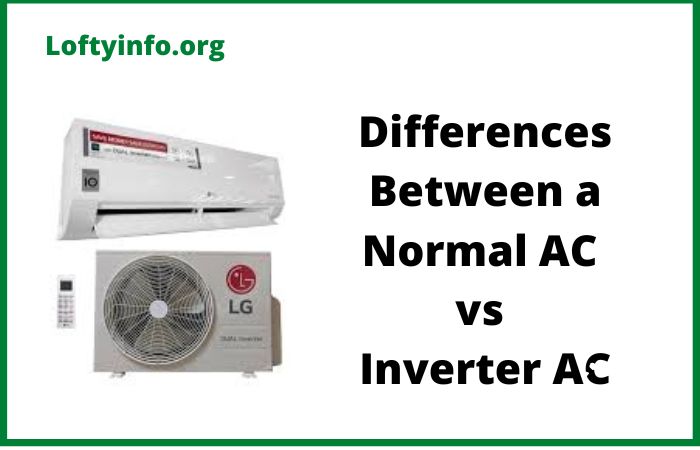How To Fix Daikin AC Not Cooling But Fan Running: 5 Common Causes, troubleshooting and Solutions
When your Daikin air conditioner’s fan is running but the unit is not cooling your space, it can be frustrating.
The good news is that this problem often has identifiable causes that can be resolved.
This guide will discuss these common problems in detail so as to help you solve the problem.
Common Causes Of Daikin AC Not Cooling But Fan Is Running
1. Low or Leaking Refrigerant (Gas Issue)
Refrigerant is the chemical that absorbs heat from inside your home and releases it outside.
When refrigerant levels are low due to leaks or improper installation, your AC can’t transfer heat effectively.
The fan will continue running but no cooling will occur because the refrigerant to carry the heat away is not enough.
Troubleshooting Tips For AC Low or Leaking Refrigerant
a) Check for ice buildup on the indoor coil or refrigerant lines
When refrigerant is low, the remaining gas expands too much and becomes extremely cold causing moisture in the air to freeze on the coils and copper pipes.
b) Listen for unusual hissing or bubbling sounds near the unit
These sounds indicate refrigerant escaping through small holes or cracks in the system.
The hissing is the pressurized gas forcing its way out.
c) Look for oily spots around the AC unit
Refrigerant carries compressor oil with it so leaks often leave behind greasy, oily residue on the ground or on unit components.
d) Notice if cooling gradually decreased over time
Unlike electrical failures that happen suddenly, refrigerant leaks cause slow, progressive loss of cooling power as the gas level drops.
e) Check if the outdoor unit’s copper lines feel warm when they should be cold
The larger copper line should feel cool to the touch during normal operation.
If it is warm or room temperature, refrigerant is not flowing properly.
Solution For AC Low or Leaking Refrigerant
a)Have a technician locate and repair any leaks
Using electronic leak detectors and UV dyes, the technician will find all leak points and seal them with appropriate materials or replace damaged components.
b) Refill the refrigerant to manufacturer specifications
After repairs, the system must be evacuated of air and moisture then filled with the exact amount and type of refrigerant specified by Daikin.
c) Never attempt to add refrigerant yourself
Overcharging or using the wrong type of refrigerant can damage the compressor and void your warranty.
It has to be done by a certified technician with a good technical know how.
This will easily solve the problem and also avoid extra damages.
2. Dirty or Clogged Air Filter
Air filters trap dust, dirt and debris to keep your AC’s internal components clean.
When filters become severely clogged, they restrict airflow over the evaporator coil.
Without proper airflow, the coil can’t absorb heat from your home’s air, resulting in poor or no cooling despite the fan running normally.
Troubleshooting For AC Dirty or Clogged Air Filter
a) Remove and visually inspect the air filter
The filter is usually located in the return air duct or inside the indoor unit.
Pull it out carefully and examine both sides for dirt accumulation.
b) Hold the filter up to light
A clean filter allows light to pass through easily. ‘
If you can barely see light or the filter appears solid, it’s blocking too much airflow.
c) Check if the filter appears gray or black instead of white
New filters are typically white or light-colored.
Dark coloration indicates heavy dirt buildup that’s restricting air movement.
d) Notice if airflow from vents seems weaker than usual
Clogged filters reduce the volume of air your system can move, making the air coming from vents feel less forceful.
e) Look for dust accumulation around the return air vents
When filters are too dirty, some dust bypasses the filter and settles around the return air grilles.
Solution For AC Dirty or Clogged Air Filter
a) Remove the dirty filter and dispose of it properly
Most residential filters are disposable.
Slide the old filter out carefully to avoid shaking dust back into the system and dispose off properly.
b) Install a new filter with the correct size and MERV rating
Check the old filter or unit manual for size specifications.
MERV ratings between 8-11 are suitable for most homes without restricting airflow.
c) Clean the filter housing area before inserting the new filter
Wipe down the filter slot and surrounding area to remove any dust that might have accumulated.
3. Frozen Evaporator Coil
A situation of daikin AC not cooling but fan running links to a frozen evaporator coil.
The evaporator coil removes heat and humidity from your home’s air.
When airflow is restricted due to dirty filters or refrigerant pressure is incorrect, the coil temperature drops below freezing.
Ice forms on the coil thereby blocking air circulation and preventing heat absorption.
The fan continues running but frozen coils can’t cool the air passing over them.
Troubleshooting For Frozen Evaporator Coil
a) Check for ice or frost on the indoor unit’s coil
Remove the access panel on your indoor unit and look for white frost or clear ice covering the metal coil fins. Use a flashlight if needed to see clearly.
b) Notice if water is dripping from the indoor unit
As ice melts, it creates more water than the drain pan can handle causing overflow and potential water damage to your home.
c) Feel if the air from vents is warmer than usual or room temperature
Ice-covered coils can’t absorb heat so the air blowing from your vents will feel warm instead of cool.
d) Check if the AC has been running continuously without cycling off
Frozen coils prevent proper temperature control causing the thermostat to keep calling for cooling even though none is occurring.
e) Look for condensation or water damage around the indoor unit
Excessive moisture from melting ice can cause water stains on walls, ceilings or floors near the unit.
Solution For Frozen Evaporator Coil
a) Turn off the AC immediately to prevent compressor damage
Running the system with frozen coils can cause the compressor to overheat and fail, leading to expensive repairs.
b) Switch the thermostat to fan only mode
This keeps air circulating over the coil to speed up the melting process without running the cooling system.
c) Replace the air filter if it’s dirty
Restricted airflow is the most common cause of frozen coils.
Installing a clean filter addresses the root problem.
d) Wait 4-6 hours for all ice to completely melt
Rushing this process can cause damage.
Ensure all ice is gone before attempting to restart the cooling system.
e) Once melted, turn the AC back on and monitor for proper operation
Watch for normal cooling performance and ensure the coil doesn’t freeze again within the first few hours.
f) If freezing recurs, call a technician
Repeated freezing indicates more serious issues like low refrigerant or mechanical problems that require professional diagnosis.
4. Dirty Condenser Coils of Outdoor Unit
The outdoor condenser coil releases heat absorbed from inside your home.
When this coil becomes covered with dirt, leaves, grass clippings or other debris, it can’t efficiently release heat to the outside air.
This causes the entire cooling process to become less effective or stop working entirely even though the fan continues to circulate air.
Troubleshooting Dirty Condenser Coils of Outdoor Unit
a) Visually inspect the outdoor unit for dirt or debris on the coil fins
Look through the metal grille surrounding the unit.
The coil fins should be visible and relatively clean.
Heavy dirt buildup looks like a thick, fuzzy coating.
b) Check for bent or damaged coil fins
These thin metal fins can be easily bent by hail, pressure washing or yard work.
Bent fins reduce airflow and heat transfer efficiency.
c) Look for vegetation growing too close to the unit
Grass, weeds, bushes or flowers within 2 feet of the unit restrict airflow and can deposit pollen and debris on the coils.
d) Notice if the outdoor unit seems to run longer than usual
Dirty coils make the system work harder to reject heat, causing longer run times and higher energy bills.
e) Check if the area around the outdoor unit feels unusually hot
When coils can’t release heat properly, the area around the unit becomes noticeably warmer than normal.
Solution Dirty Condenser Coils of Outdoor Unit
a) Turn off power to the outdoor unit at the electrical disconnect
This safety switch is usually located near the outdoor unit.
Turning it off prevents accidental startup while you’re cleaning.
b) Remove loose debris like leaves and grass clippings by hand
Clear away any large debris that’s blocking airflow or covering the coil fins.
Wear gloves to protect your hands from sharp edges.
c) Use a garden hose to gently spray the coil from inside the unit outward
Spray from the inside to push dirt out through the fins rather than deeper into the coil.
Use moderate water pressure to avoid bending the fins.
d) Straighten bent fins carefully with a fin comb tool
This inexpensive tool has teeth that match the spacing of coil fins.
Gently work it through bent areas to restore proper airflow.
e) Trim vegetation to maintain at least 2 feet of clearance
Cut back any plants or grass that have grown too close to the unit.
This ensures adequate airflow and prevents future debris accumulation.
5. Faulty Compressor
The compressor is the heart of your AC system, responsible for circulating refrigerant and creating the pressure needed for cooling.
When the compressor fails or malfunctions, refrigerant stops circulating properly.
The fan will continue running because it’s controlled separately but without a functioning compressor, no cooling can occur.
Troubleshooting For Faulty Compressor
a) Listen for unusual noises from the outdoor unit
Grinding sounds indicate worn bearings, squealing suggests belt problems and clicking may mean electrical issues.
Normal operation should be relatively quiet with just a steady humming.
b) Check if the outdoor unit’s fan runs but the compressor doesn’t start
The fan is controlled by a separate motor and may run even when the compressor fails.
You should hear the compressor’s deeper humming sound when it’s working properly.
c) Notice if the AC turns on but immediately shuts off repeatedly
This short cycling often indicates compressor overheating, electrical problems or internal mechanical failure protecting the unit from damage.
d) Check if electrical breakers have tripped repeatedly
A failing compressor may draw too much current, causing circuit breakers to trip as a safety measure.
Resetting the breaker only to have it trip again is a warning sign.
e) Test compressor electrical connections with a multimeter
If you’re experienced with electrical work, you can check for proper voltage and continuity at the compressor terminals.
This requires knowledge of electrical safety procedures.
Solution For Faulty Compressor
a) Contact a qualified HVAC technician immediately
Compressor diagnosis and repair involves high voltage electricity and pressurized refrigerant, making it dangerous for untrained individuals to attempt.
b) Have the technician test compressor electrical components and refrigerant pressures
Professional diagnosis includes checking capacitors, contactors and internal compressor condition using specialized gauges and meters.
c) Repair may involve replacing electrical components
Most times, the compressor itself may be fine but supporting components like start capacitors or contactor switches have failed and need replacement.
d) Refrigerant leak repair might be necessary
Low refrigerant can cause compressor failure, so leaks must be found and repaired before the compressor can function properly again.
e) Complete compressor replacement may be required
If the compressor’s internal components have failed, the entire unit must be replaced which involves recovering old refrigerant, installing the new compressor and recharging the system.
This will easily solve a situation of daikin AC not cooling but fan running in most cases.





